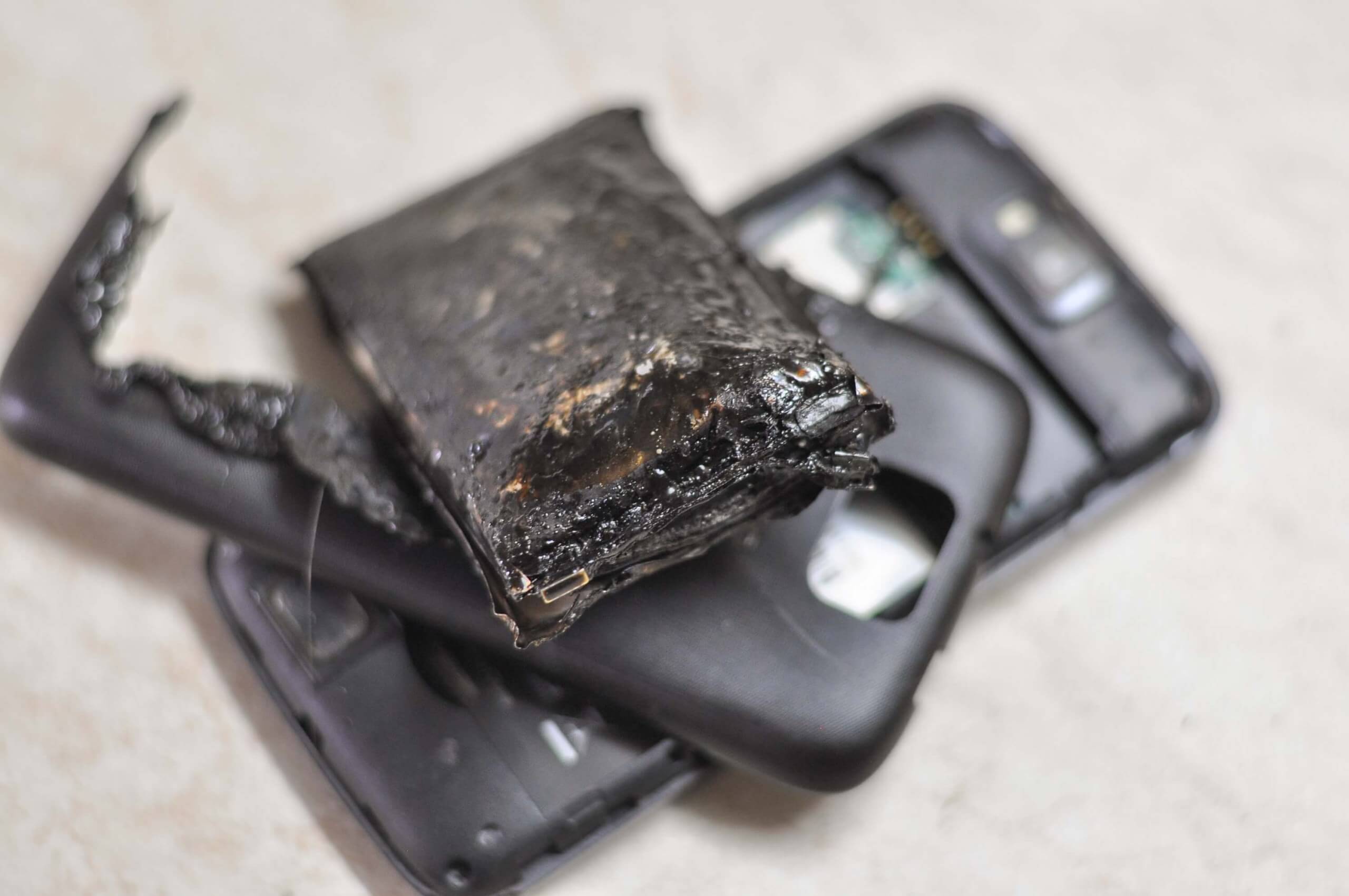Why it matters: The continued miniaturization of electronics has given rise to more compact and efficient battery technologies. Unfortunately, it has increased the number of incidents of catastrophic battery failure as well. Nobody knows this better than Apple and Samsung, which have both had their share of power-cell mishaps.
California-based startup Amionx is looking to make lithium-ion batteries safer with its SafeCore technology. The advancement uses an "inexpensive and widely available" material within the cell to prevent thermal runaway. The company declines to say what that material is.
To understand how it works, you have to know how power cells catch fire or in some cases explode. Thermal runaway happens when a lithium-ion battery becomes overcharged at high voltage or develops an internal short.
There are a couple of things that can create a short between electrodes. Punctures to the battery can cause this to happen. A man in China learned this the hard way when he bit into a one in a store.
A more likely scenario happens when the battery does not have room to allow for plating. Small stalactites form (plating) during the charging and discharging process. If the battery does not have any room for expansion, these tendrils are compressed together. If they breach the separator, a short occurs causing thermal runaway.
SafeCore is a 1-5 micrometer layer inside the power cell. Amionx claims that it is triggered by a rapid rise in current, voltage, or temperature. These changes cause the SafeCore to decompose rapidly, creating a gap that electrons cannot cross.
"Think of it like a fuse," Amionx COO Bill Davidson told IEEE Spectrum. "We literally create a gap inside the cell that cuts the flow of electricity."
It seems to be fairly effective as you can see above in the tests performed by CNET.
The drawback of adding this safety layer is that it does reduce the battery's capacity by one to three percent. However, Amionx claims that it also extends the life of the power cell. It believes the technology will prove particularly useful in home energy storage and electric vehicles.
The company expects to begin licensing SafeCore technology to battery manufacturers by the end of 2019.
